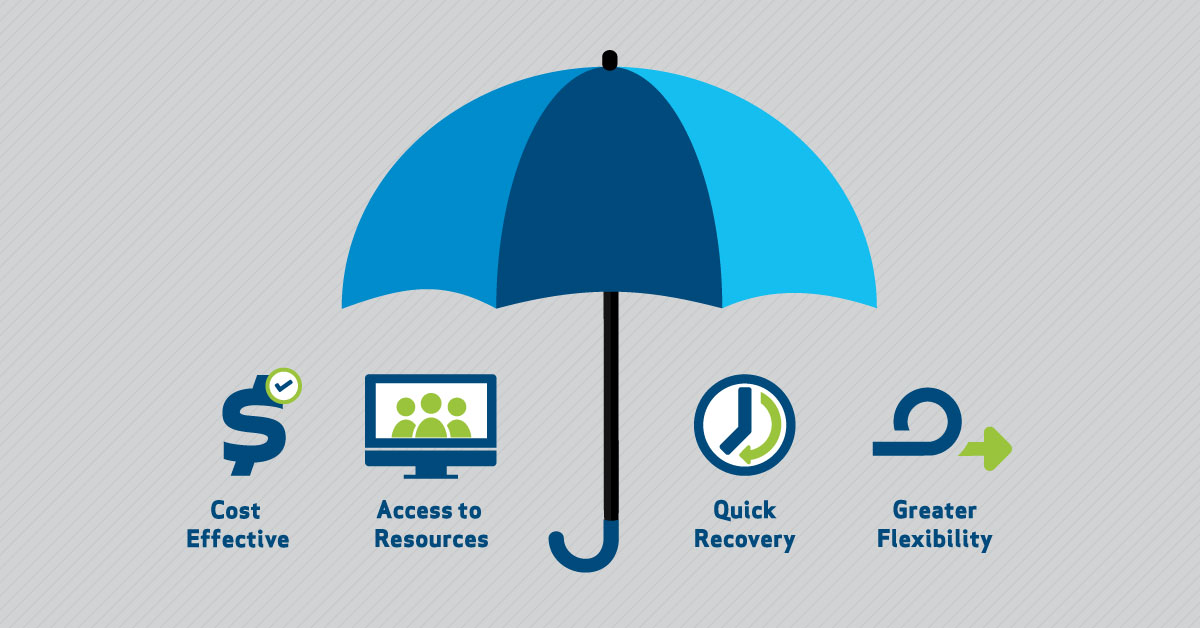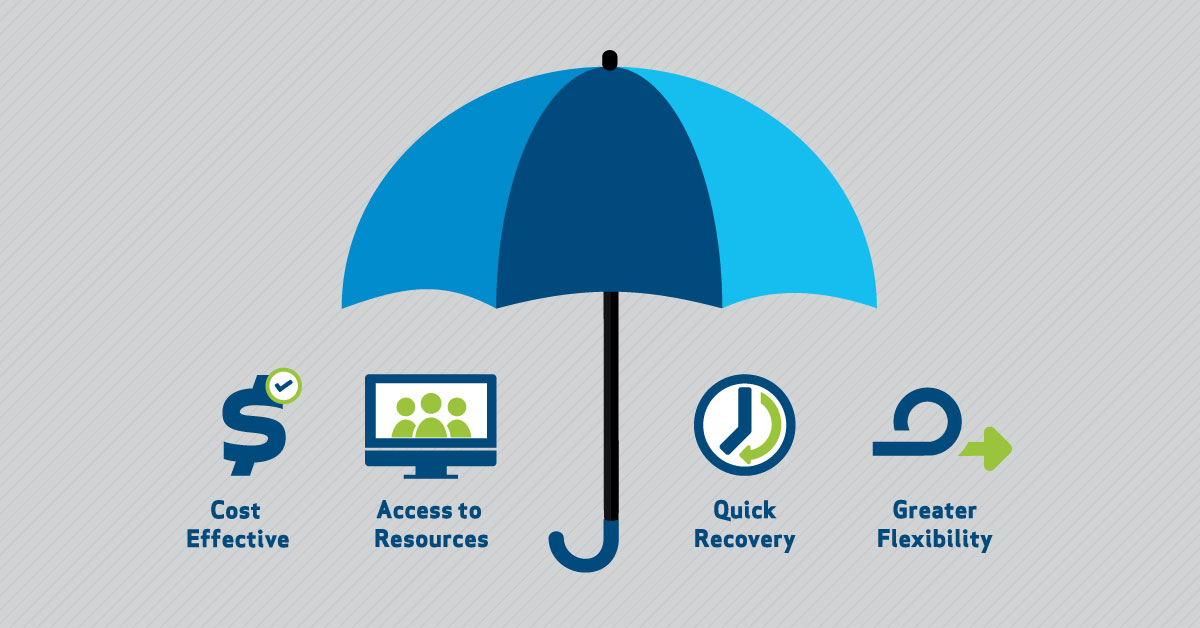Disaster Recovery as a Service, or DRaaS, is essentially insurance against an IT catastrophe. It positions your organization to recover in a timely and predictable fashion when a disruption occurs by keeping a team of experts at your disposal.
Advantages of DRaaS
1. Quick Recovery
The downtime after suffering a disaster almost always puts an organization in a compromising position. Downtime not only means a pause in your income-generating activities, it may also lead to the loss of clients. After all, you can’t expect a consumer to not look for a different provider while your business is incapacitated.
Let us say that a hurricane ravaged your office (we hope it never does). On your own, it might take weeks or even months to fix the workplace, get electricity and other utilities running. Not to mention geting new computers and other equipment, and repairing the necessary technology and infrastructure. With the help of a DRaaS service provider, all these things that you need to be up and running again will be provided in a few hours to a few days.
2. Cost Effective
Establishing and maintaining a Disaster Response (DR) department can be very costly. Most Small and Medium Enterprises (SMEs) just make do without it despite the huge risks involved. The capital expenditures and overhead expenditures make up most of the cost.
But with DRaaS, both upfront and overhead costs are eliminated by adopting DRaaS. Your management will also be burdened with overseeing that the DR department remains capable which may include getting new technology and equipment, hiring new people, hiring consultants, etc. With DRaaS, you pay the monthly fee, and everything is taken care of.
3. Access to Superior Resources
An internal disaster recovery department’s capabilities are limited by the budget and attention you allot it. You will be able to hire average level employees and maintain moderate level technology at most. A DRaaS service provider, on the other hand, employs the brightest minds and most experienced professionals. Partnering with it will allow you to leverage all of these resources. From planning to delivery, only the best will manage your disaster response.
4. Greater Flexibility
Once you build your own DR department, you are stuck with its current level of capabilities unless you are willing to spend significant resources for employee training or technology and equipment upgrades. With DRaaS, on the other hand, you will often be given several solutions to choose from.
Let’s say for example, the service provider offers Low, Moderate, and High level DR solutions. Picking the Moderate solution does not prevent you from switching to the High level or even the Low level one in the future. Going back to our hurricane example, this means that you can take advantage of High level DRaaS coverage during hurricane season, and then switch to Low level DRaaS coverage during the rest of the year.
Curious to learn more? Contact your Atlanta managed IT service provider today!

